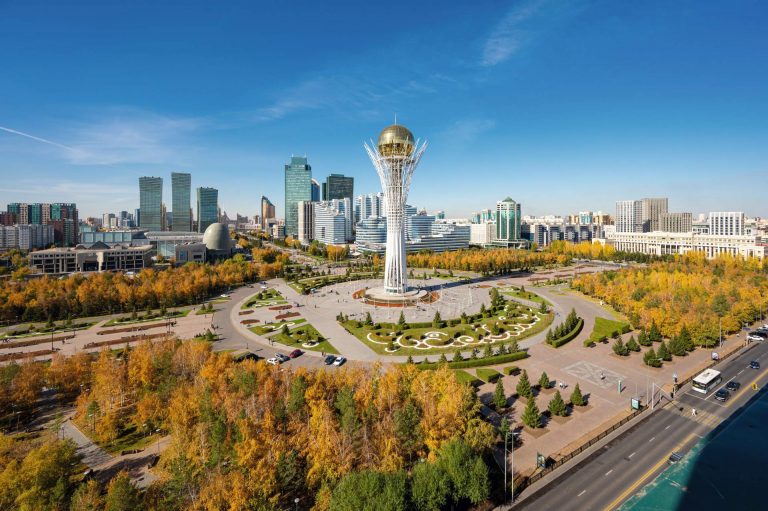Guatemala is like a tiny planet unto itself, distinct from anywhere else in the world. Two coastlines, countless volcanoes, tropical forests… And the living traditions of the Maya people.
Tikal
Tikal, the ancient Mayan city, situated in northern Guatemala’s El Petén department, stands as one of the most significant and extensively studied archaeological sites of the Maya civilization, protected under UNESCO. Since the 4th century BC, Tikal served as the capital of the Mutul kingdom, with its former grandeur evident in numerous monumental structures. The most impressive is the 47-meter Ah-Kakao pyramid, named after ruler Jasaw Chan K’awiil I who was buried there (his name’s hieroglyph resembled a cocoa pod), also known as the Temple of the Great Jaguar. The archeological zone features additional pyramids and structures adorned with ancient frescoes, bas-reliefs, and sculptures, along with plazas, altars, stelae, burial sites, dams, and even reservoirs.
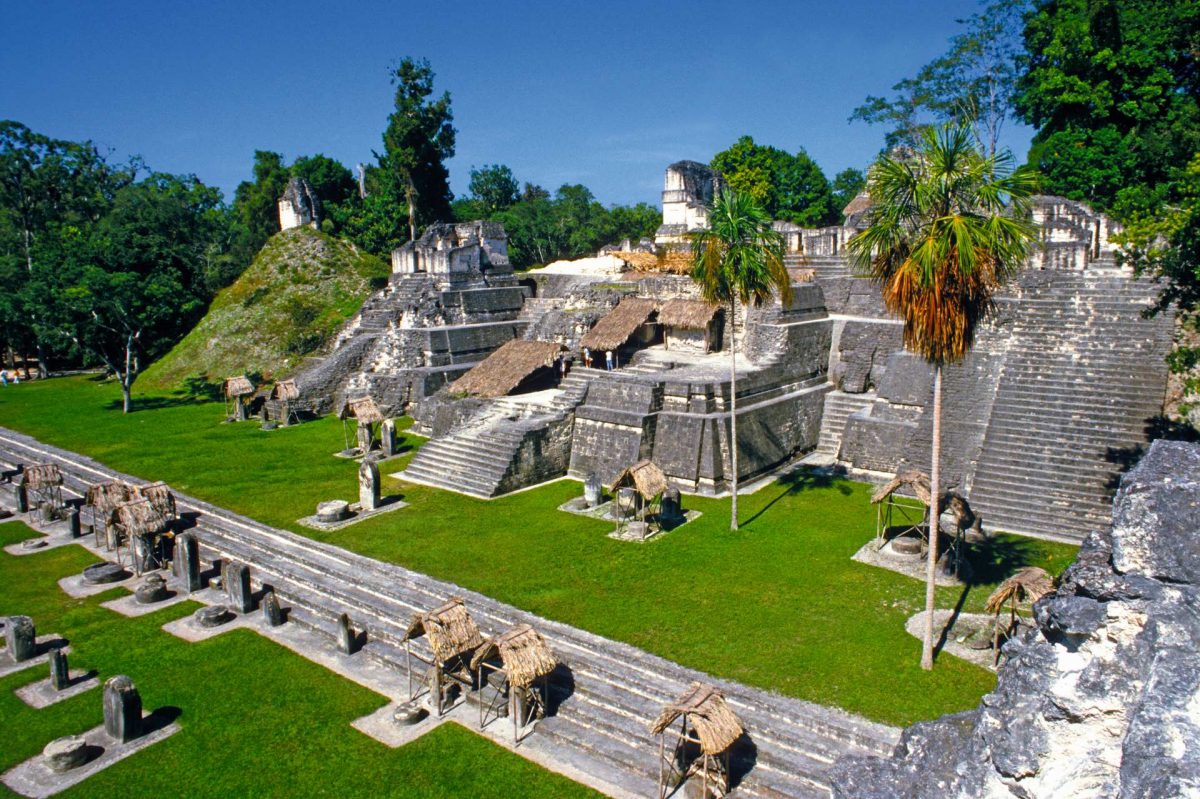
Though Tikal lies deep in the jungle, an airstrip near the ruins makes flying from the capital the most convenient way to reach it.
San Juan La Laguna
One of Guatemala’s most vibrant and authentic towns sits on Lake Atitlan’s shores in the Sololá department. Atitlan is a favorite resort among Guatemalans, while foreigners come to immerse themselves in Maya culture: the lakeshores host numerous indigenous settlements, with the Tzotzil and Kaqchikel Maya peoples comprising 90% of the region’s population.
The streets of San Juan La Laguna are adorned with murals. The building facades and sidewalks showcase vivid indigenous patterns, stylized portraits of locals in traditional dress, depictions of tropical flowers, butterflies, animals, and birds, including the Quetzal bird that graces Guatemala’s coat of arms. The town features numerous art galleries and craft cooperatives where visitors can take guided tours to observe traditional weaving or cocoa bean processing.
Monterrico
Guatemala features two coastlines: the Caribbean in the northeast and the Pacific in the south. The finest beach resorts line the Pacific coast, including the picture-perfect Monterrico in Santa Rosa department, known for its black volcanic sand. The shoreline here is broad and less developed than neighboring regions, with fewer tourist crowds, offering genuine peace and tranquility. Even large sea turtles safely nest in these sands — you can witness egg-laying from June through October, with hatchlings emerging between August and December. Equally fascinating are boat tours through the Monterrico Nature Reserve, offering close-up views of various mangrove species and water lilies, plus distant views of the Pacaya, Fuego, and Acatenango Volcanoes.
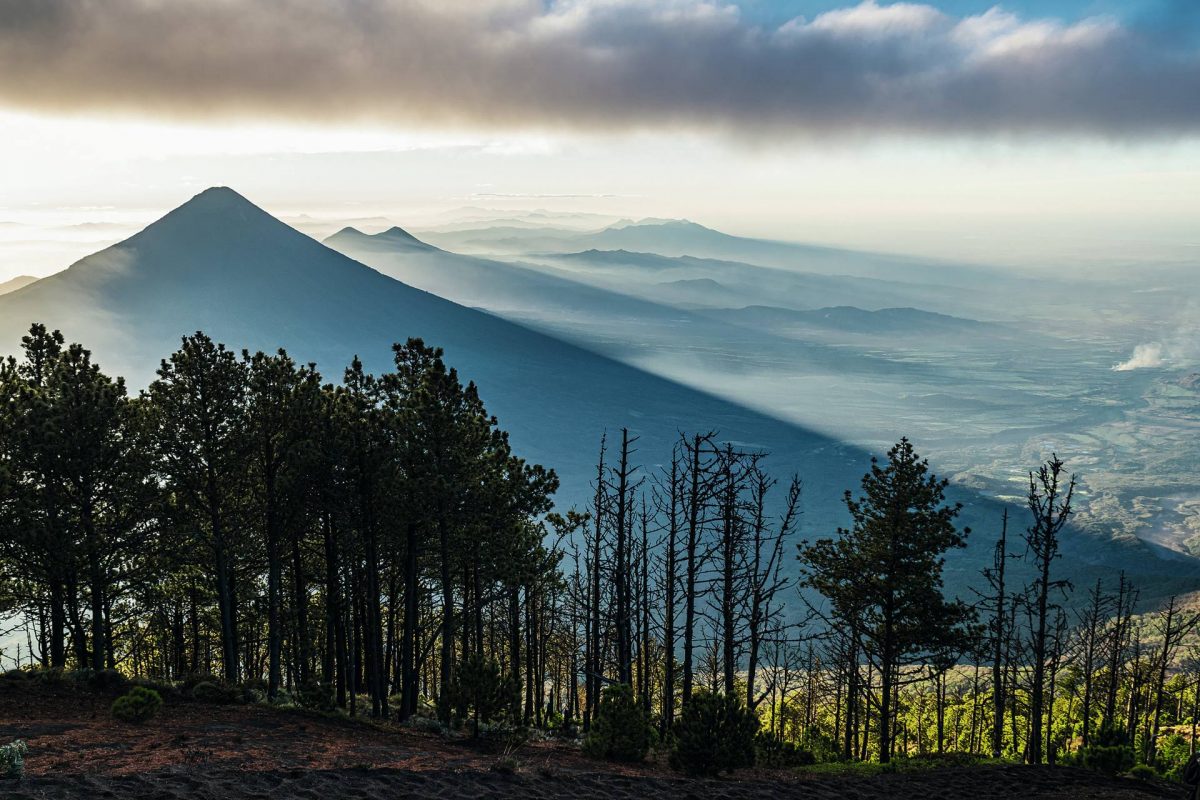
Antigua Guatemala
Guatemala’s former capital was among Latin America’s first UNESCO World Heritage sites — home to numerous colonial Baroque monuments and the country’s most visited city. Situated at the foot of Fuego Volcano at 1,582 m elevation, the city has endured frequent earthquakes. The most devastating struck in 1773, leaving only the facades of Antigua’s Catholic cathedrals standing. Many were never fully restored, only preserved and minimally renovated — including the Cathedral of Santiago, built in 1680. Only ruins remain of the once-magnificent church: numerous grass-covered arched structures with occasional surviving sculptures and bas-reliefs.
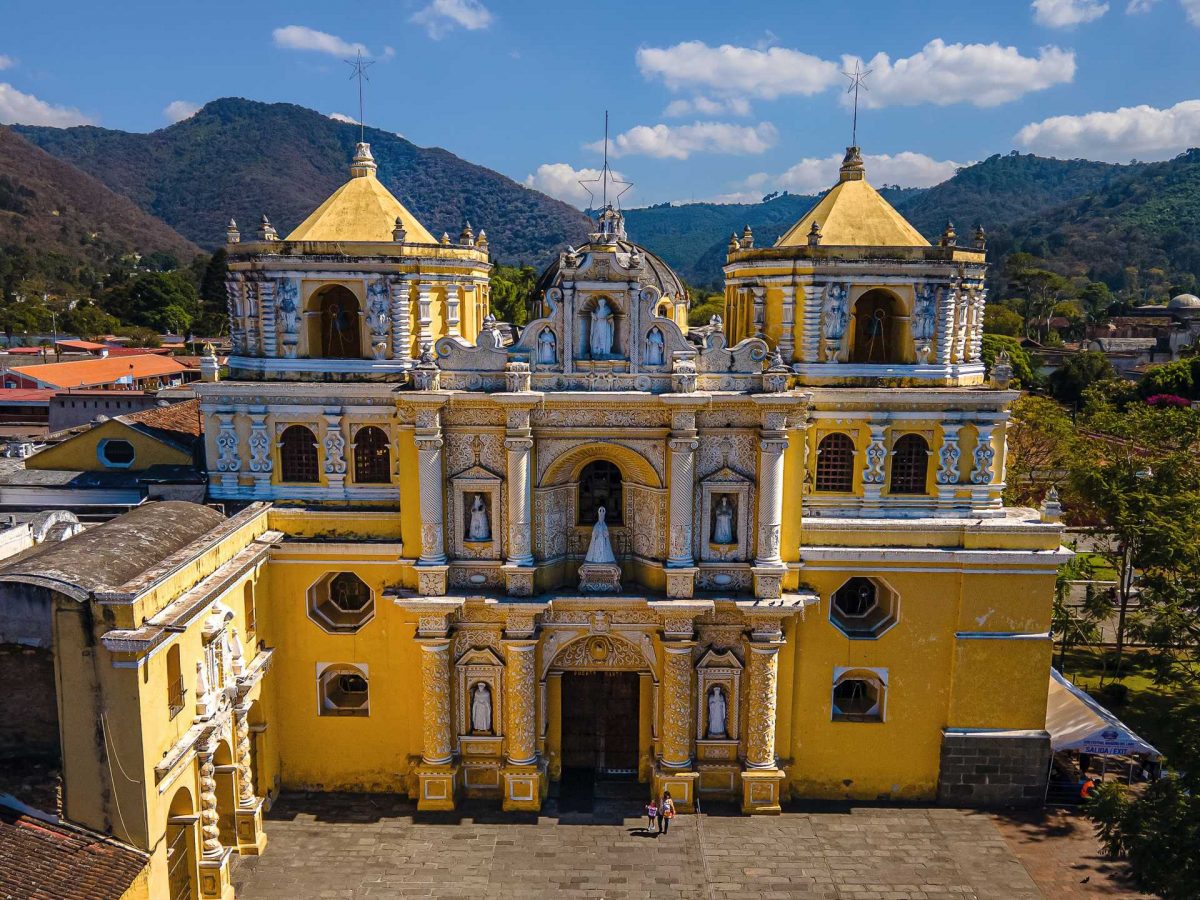
Both colonial and contemporary local art can be viewed at the Casa Santo Domingo complex. This former monastery, built in 1538, fell victim to the same earthquake. The complex houses several art galleries, a five-star hotel, a scenic sculpture park, and three museums with permanent collections: the Pope John Paul II Museum displaying ancient monastery artifacts, the Miguel Angel Asturias Museum dedicated to the Guatemalan diplomat, writer, and Nobel laureate, and the Efraín Recinos Museum showcasing Guatemala’s leading contemporary sculptor, artist, and urbanist.
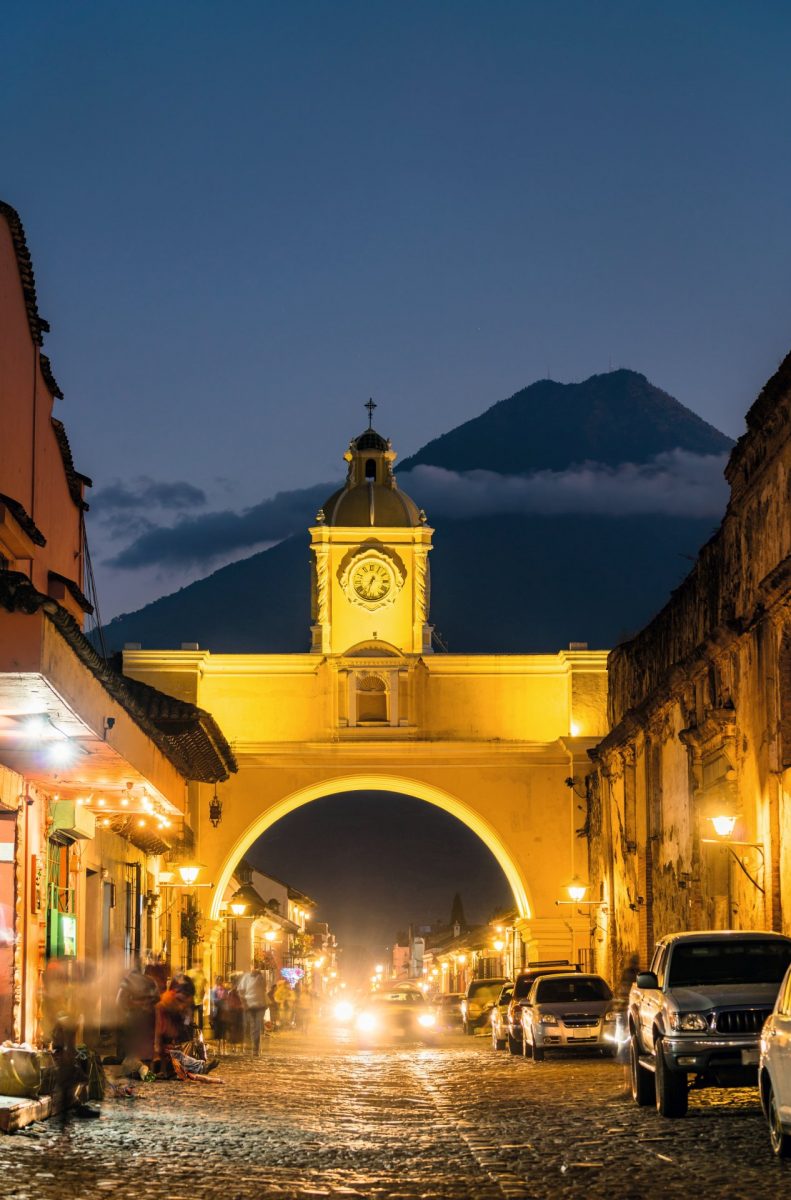
For those interested in volcano climbing, opportunities abound near Antigua. A popular hiking trail runs up the slopes of Acatenango Volcano. From the summit, you can observe the neighboring Fuego Volcano, which frequently “smokes” — as locals playfully call it.
Guatemala City
The best introduction to Guatemala’s capital begins at the National Palace — a stunning example of neo-Baroque architecture from 1919. The palace houses the president’s and government offices and is only accessible through guided tours, featuring impressive frescoes by Alfredo Suarez and the national coat of arms adorned with an actual stuffed Quetzal bird (worth seeing since spotting one in the wild is nearly impossible).
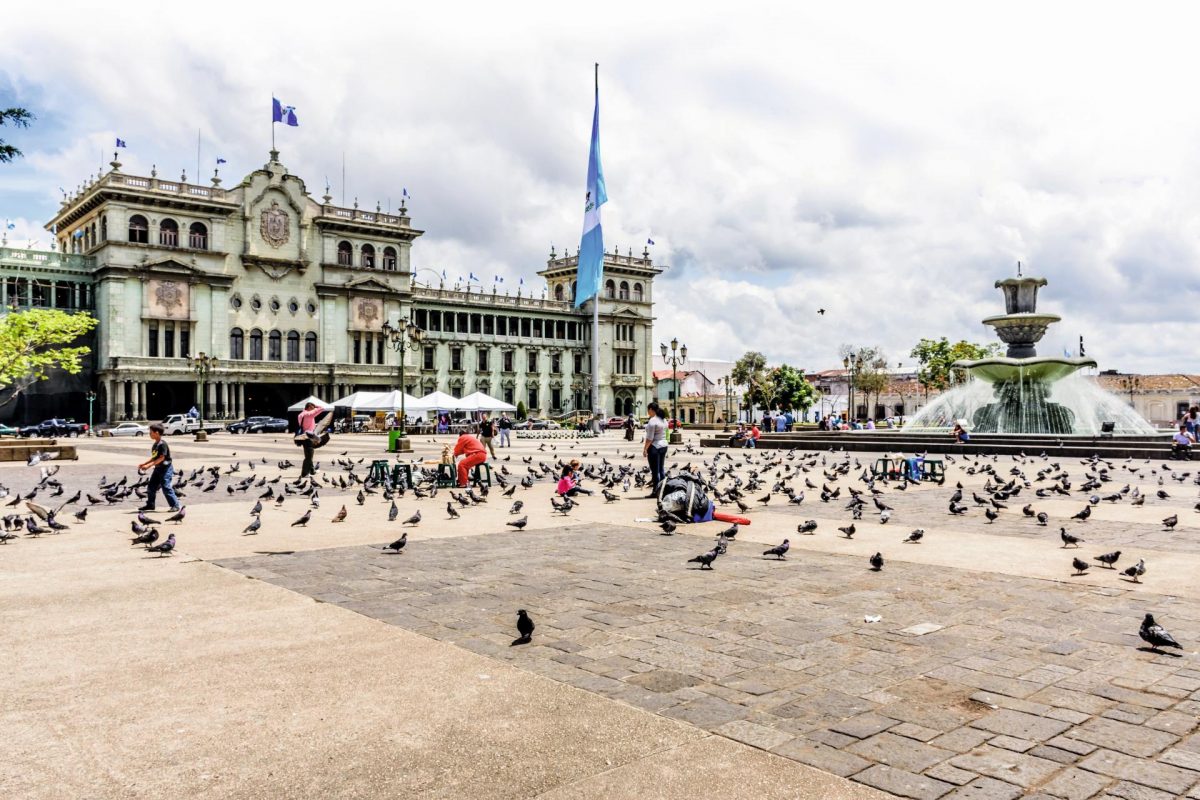
Another landmark is the Miguel Angel Asturias Cultural Center, also known as the National Theater. The constructivist facade of this 1978 building, designed by Efraín Recinos, resembles a volcano, while the foyer features a chandelier with 964 bulbs representing molecules. Its two stages host both dramatic performances and concerts, ranging from classical music to marimba ensembles — Guatemala’s national instrument.
Photo: shutterstock.com, dreamstime.com


